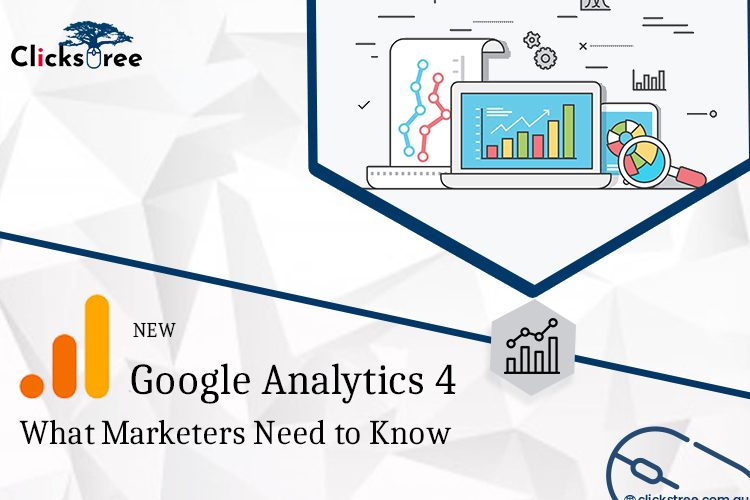
“Increment conversions, diminish spend.” – Every Google Ads user ever.
In an ideal world, spending less to make more would be a snap. There would be chocolate wellsprings on each city intersection. Student’s loan obligation would evaporate. Too bad.
As a general rule, accommodating the twin cravings of developing your client base while saving on advertising is no little accomplishment. Luckily, there’s an exhibition pointer that lives somewhere close to the two: Return on Investment (alluded to hereafter as ROI).
The Measurability of PPC
We’ve contributed to a blog about how to decide when to begin marketing financial plans before, however checking account execution exclusively on expense isn’t productive. It very well may be an extraordinary system for less quantifiable channels, places where attribution is dinky, similar to bench advertisements. Unavoidably, however, in the event that a budget cap was the sole parameter by which you made a decision about your Google Ads execution, you’d wind up hindering development dependent on a subjective roof.
Then again, while transformation objectives can fill in as something you strive towards, they’re likewise a wasteful method to advise account optimisation and structure. Truly, you can burn through thousands on a modest bunch of expansive matching keywords and rake in the conversions, however this would be inefficient. Google Ads don’t shower and implore sort of advertising and doesn’t need to work like standard mail, by the same token.
Without a doubt, conversion and budget objectives can exist in the back of your brain. In any case, performing everyday requires more accuracy. Here’s the place where ROI comes in.
Figuring Your Google Advertising ROI
Return for money invested can be resolved utilizing the accompanying recipe:
(Revenue – Cost of products sold) / Cost of products sold = ROI
At the campaign level, ROI is a more moldable (and significant) standard for your streamlining choices than essentially appointing an every day financial plan and holding back to perceive what further occurs: Budget ought to be educated by the return you see, not the reverse way around.
A search campaign focusing on lower part-of-the-pipe keywords will quite often have a preferred ROI over a Display campaign utilizing something expansive (like keyword focusing on). Remarketing to cart abandoners yields a more noteworthy return than serving advertisements to all site guests. This degree of granularity is the thing that makes PPC so extraordinary, and permits ROI to be a working guideline, not simply an ideal thing to look at.
Meeting ROI Expectations: Search
We can separate search campaigns into four principle groups: bottom of the funnel, top of the funnel, competitor and branded. Return on initial capital investment will appear to be unique for everyone. By knowing where you should see the best return, you can measure how to distribute financial plans and where to anticipate that conversions should come from.
Branded
Some Google Ads clients are reluctant to offer on the branded terms since it’s far-fetched that a searcher who converts over in the wake of clicking a branded advertisement is a genuine “first touch.” Conversions must be framed in the way that those looking for your organization name might just have just visited the site. That doesn’t mean branded terms aren’t as significant as ROI is. Your Quality Score will be pushed to the limit. Volume/competition most likely aren’t highly contrasted with the top of funnel terms.
Top of funnel
These are your examination based terms. Since ROI will be lower here than in marked or bottom of channel campaigns, you will need to watch out for what’s working and what isn’t. Adaptability is key here: on the off chance that a top of funnel term is prompting conversions, at that point let it all out. Then again, don’t simply go spending cash to go on sending cash: chances are, varieties of the keywords you’re offering on here exist that convert better for less. Fish those out of your hunt inquiries and watch ROI soar.
Lower part of funnel
Lower part of funnel keywords are long-tail or high-goal search terms that, because of lower volume than their top of funnel compadres and less competition from unpracticed competitors, in many cases have low normal CPCs. The greater amount of these watchwords you can uncover, the better your Google Ads ROI will be. Easy right?
Competitor
Questionable? That is correct. Vital? I’d say as much. Offering on competitor footing can be a calamity as far as ROI is concerned. The terms are costly. Your duplicate is likely insignificant, relatively talking. There is, nonetheless, a hack that allows you to improve (or at times, basically make) ROI while offering on competitor footing. To augment your profit for competitive keywords, use RLSA. However, rather than expanding offers, utilize your remarketing records to guarantee you’re possibly offering on competitor standing when possibilities who have visited your site are looking for them (you can do this by choosing “target and offer” rather than the default “offer just” alternative). This shows that they’re looking: present an offer that can’t be won’t and these oft futile campaigns can deliver significant profits.
Conclusion
On the off chance that you need to be fruitful in paid advertising, you can’t set up your campaign and kick your feet up. It’s imperative to attempt new procedures and examinations with different systems until you locate the correct activities that work for your business.
With bunches of testing and persistent tweaking dependent on your outcomes, you’ll before long find how to get more from your advertising budget plan.
However, don’t stop there – that is only the start! Discover what measurements to follow for transformation to improve the outline of your campaign execution.


